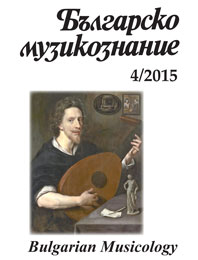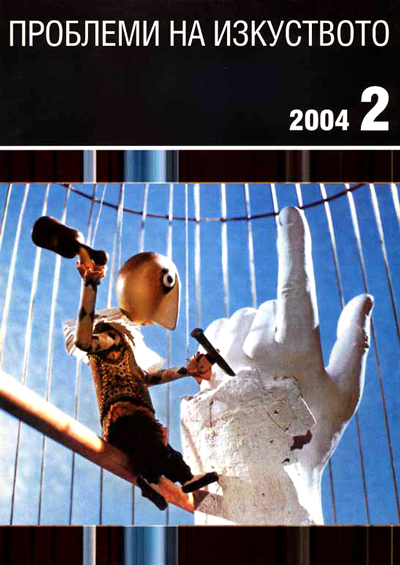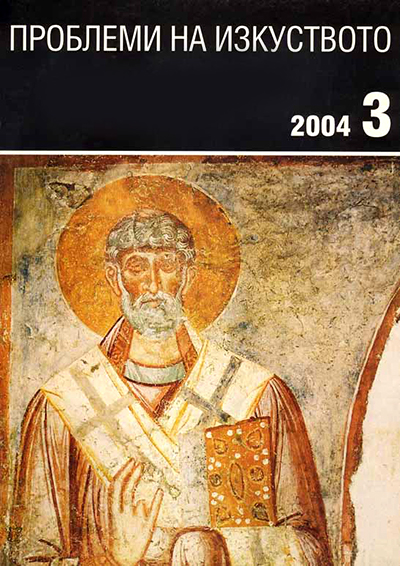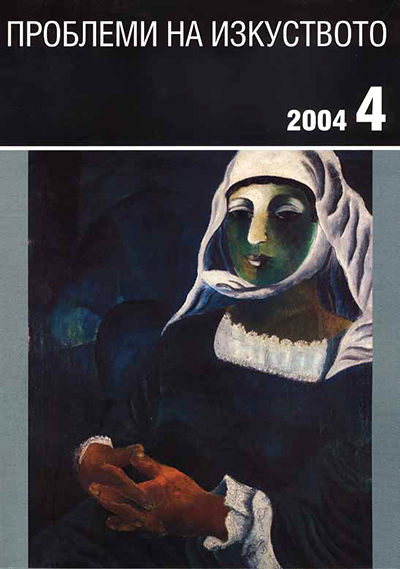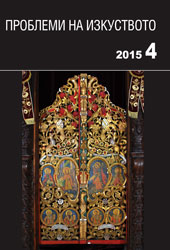
Црквата Св. Никола во село Крајници, Велешко
The church of St. Nicholas in the village Krajnici is a monumental three aisle edifice from the 19th century. The fresco painting was accomplished during two periods (1875 and 1889) by different painters. In 1875, the fresco painting in the upper section of the central aisle, the dome, and the large part of the iconostasis was made by the painter – zograph Petre and his son Gligor of Tresonce in 1875, establish with the inscription on iconostasis beam. Together with Petre and his son Gligor, appears the name of the painter Krste zograph from Veles, the author of the Despotic icons (Jesus Christ and the Holy Virgin). Alongside the other icons, a mention deserves two graphic prints kept in the altar space. The print of the Holy Virgin and Christ of the iconographic type – The Virgin Unfading Rose. The print from Krajnici is identical to the Virgin Unfading Rose from the monastery of Saint Efpraxia, the work of the engraver Giannantonio Zuliani from Venice in 1820, under the expense of the painters Stephanos and Neophytos from Mount Athos.
More...
